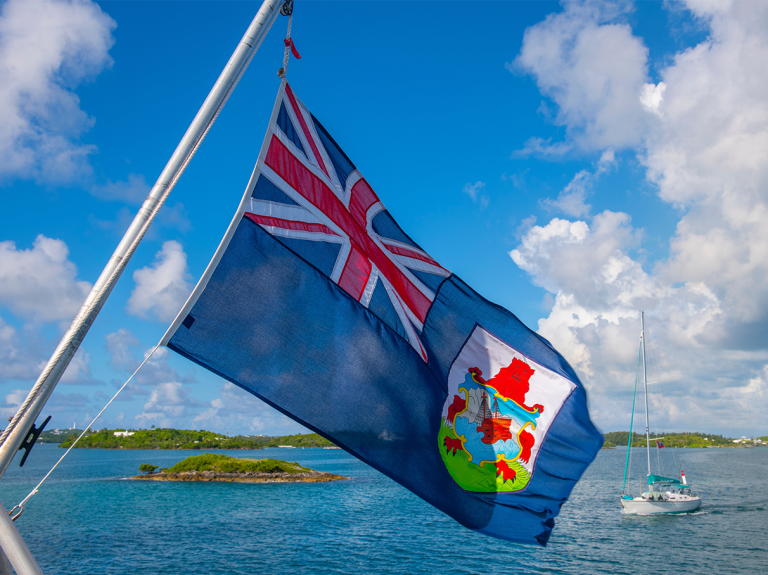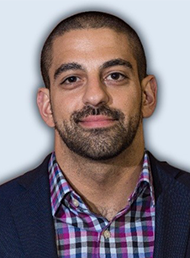A delegation of captive specialists met with the UK government’s City Minister Andrew Griffith at the Treasury today to discuss the potential introduction of a captive regime.
The delegation and meeting was organised by the London Market Group and Griffith and included captive owners, brokers, insurers and the wider risk management community.
The LMG has proposed an ambitious captive regime to ensure it can be viewed as a competitive option alongside established, international domiciles.
“This must sit alongside specific guidance for captives which focuses on reduced prudential risk assessments, a swifter approval process (30 – 60 days from application to licensing), reduced reporting requirements, lower capital requirements and reliance on wider group functions such as auditing etcetera,” the LMG states in its Plan for the Future document.
The LMG believes this can be achieved through secondary legislation to create a new class of ‘captive insurer’ as an additional schedule to the Regulated Activities Order, that would not be regulated under Solvency II or the proposed replacement, Solvency UK.
While the LMG has been exploring the idea of a UK captive regime for the past three years, this is the first time government has convened the market to hear first-hand the potential benefits and practicalities of how one would work.
“It was great to get round the table today with key industry leaders and financial services regulators to explore the case for designing a competitive UK captive insurance regime,” said Griffith.
“I am thankful to the London Market Group for bringing us all together and I look forward to continuing to work with industry to support growth and international competitiveness across the UK’s insurance sector, helping ensure the UK remains a world leading destination for risk management solutions and insurance innovation.”
There is momentum in Europe for more ‘home’ captive domiciling, with France leading the way with new legislation finalised this year and a steady pipeline of new formations materialising.
Captive Intelligence understands a first captive formation in Italy should be completed this year, while discussions are taking place within Spain and Germany’s captive communities about specific captive regulation.
Chris Lay, CEO of Marsh UK & Ireland and a former president of Marsh Captive Solutions, has previously said he believes London could be “a unique and attractive location for captive investment”.
Caroline Wagstaff, CEO of the LMG, attended the meeting and said: “The London Market is very grateful to the City Minister for his energy and focus on helping the market to thrive through the possible introduction of new products.
“Despite being the global hub for risk transfer, the UK’s regulatory regime is not conducive to businesses setting up captive insurers here. This is a rapidly growing global industry; with captive premium estimated to reach US$161 billion by 2030, and other jurisdictions – including France and more recently Italy, are opening their doors.
“If we are to remain the place where business comes for risk transfer advice and solutions, then not having this string to our bow means we are not keeping pace with new and innovative methods of risk management.
“A UK captive domicile would offer participants an extensive financial services ecosystem; London-based global brokers with extensive captive consulting experience, an unrivalled range of local banking and asset management options and the world’s largest and most sophisticated reinsurance market.”
The initiative to introduce a bespoke regulatory regime for captives in the UK is entirely separate from the Captive Syndicate project at Lloyd’s.
In the case of Lloyd’s, a captive would operate within Lloyd’s exactly like a traditional syndicate and would be overseen by the market, while a UK captive would be regulated directly by the Prudential Regulation Authority (PRA).











